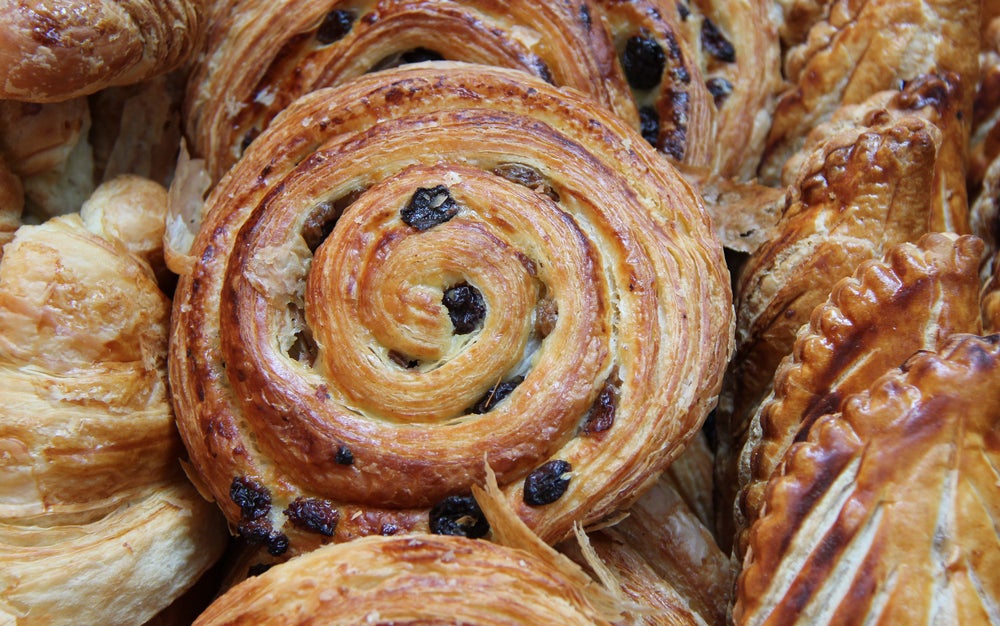
Sometimes, but not in the way you might think.
As high-end, high-fat, cultured European butters increasingly entered the American supermarket landscape, a lot of cooks and writers started recommending them as the ultimate butter of choice for all manner of kitchen tasks, from slathering on toast to whipping into cakes, cookies, and icing. French pastries, after all, are all about the butter, and using the best French butter available would make them even more French, right?
This may be true in some cases to a point, but swapping standard American butter for high-fat Pleugra or Lurpak may actually do more harm than good. Pretty much all American sticks of butter all clock in around 80% butterfat (the remaining 20% of the butter mass is water and milk proteins), and recipes written for American cooks factor that percentage into precisely calibrated formulas. If you switch to a high end French butter, which can climb as high as 91% butterfat, your trusted recipe formulas are suddenly out of whack. Too much butterfat can make pastries spread too flat, brown too crisp, and taste greasy.
And when you add in all that flour and sugar, the complex nuances of a quality butter fade into the background; you probably won’t taste much of a difference. So unless your recipe specifically calls for the twang of cultured butter or a high-fat style, feel free to stick to the basics, and save the really good stuff for that toast.